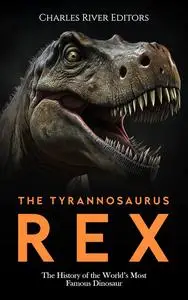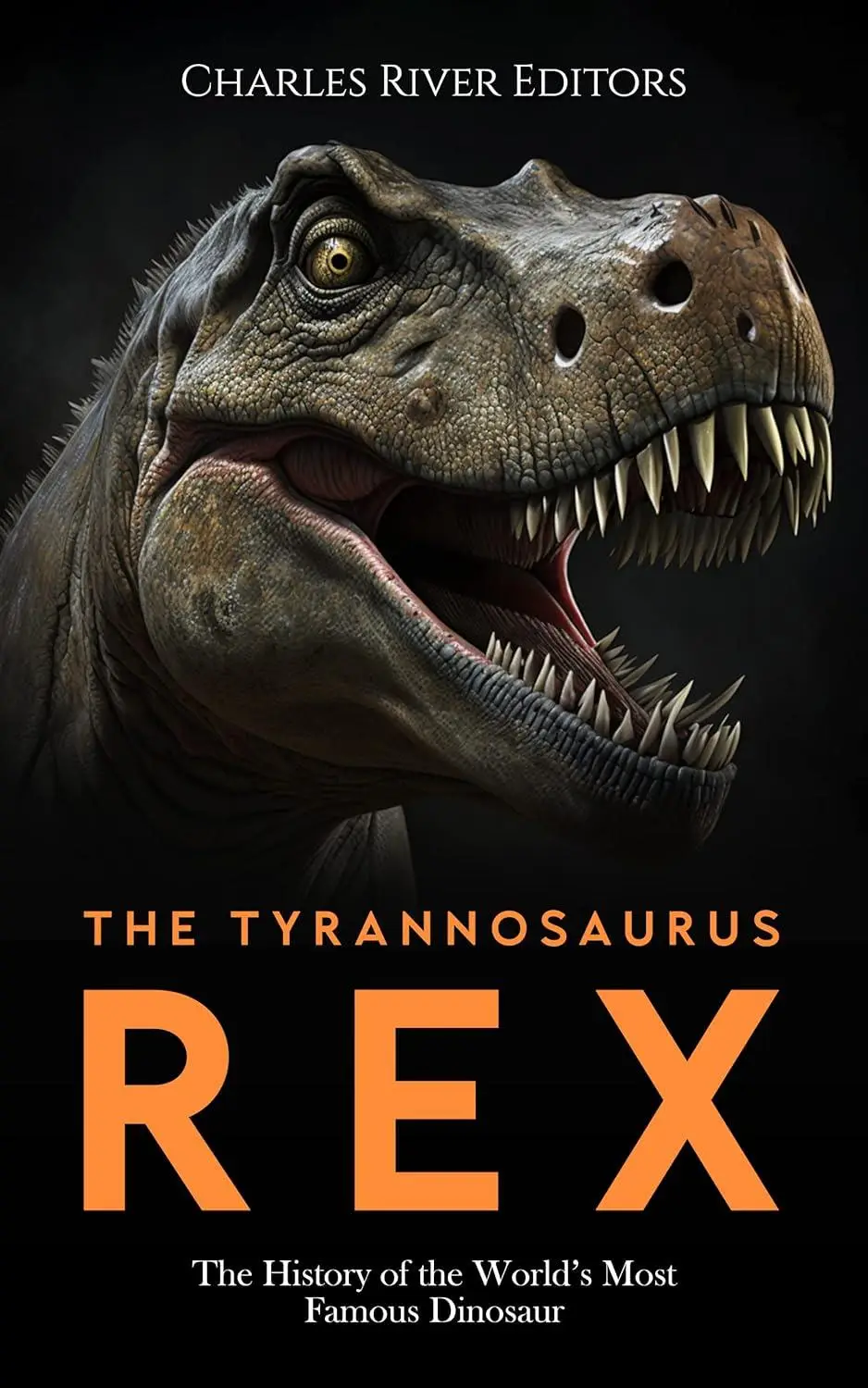The Tyrannosaurus Rex: The History of the World’s Most Famous Dinosaur by Charles River Editors
English | February 26, 2023 | ISBN: N/A | ASIN: B0BWX8L29M | 70 pages | EPUB | 4.37 Mb
English | February 26, 2023 | ISBN: N/A | ASIN: B0BWX8L29M | 70 pages | EPUB | 4.37 Mb
The early history of our planet covers such vast stretches of time that years, centuries and even millennia become virtually meaningless. Instead paleontologists and scientists who study geochronology divide time into periods and eras.
The current view of science is that planet Earth is around 4.6 billion years old. The first four billion years of its development are known as the Precambrian period. For the first billion years or so, there was no life in Earth. Then the first single-celled life-forms, early bacteria and algae, began to emerge. We don’t know where they came from or even if they originated on this planet at all. This gradual development continued until around four billion years ago when suddenly (in relative geological terms) more complex forms of life began to emerge.
Beginning in the Triassic but especially in the Jurassic period, reptiles came to dominate the oceans, the land and even the skies. There has never been anything else quite like this period in terms of the success of a particular type of creature. For almost 200 million years, reptiles were the only significant creatures on Earth. They were so successful and so diverse that they evolved to take advantage of every available habitat and no other type of large creature had a chance to develop.
The massively popular 1990 novel Jurassic Park by Michael Crichton and its subsequent movie adaptations led to a huge resurgence in interest in dinosaurs and the prehistoric world. That interest continues to the present day, even though most of the dinosaurs in Jurassic Park weren’t actually from the Jurassic period. Triceratops, Velociraptor, TyrannosaurusRex and the huge sauropods such as Brachiosaurus that feature in the book and movies all actually belong to the Late Cretaceous period, more than 40 million years after the end of the Jurassic. Regardless, certain kinds of dinosaurs remain instantly recognizable, and among them, the “king” is undoubtedly the Tyrannosaurus.
The first discovery of a Tyrannosaurus was made in 1902 and the largest carnivorous dinosaur ever found at the time quickly gripped the popular imagination. Even its name was dramatic - Tyrannosaurus Rex means “King of the Tyrant Lizards.” The T-Rex as it quickly became known didn’t appear until the last age of the Late Cretaceous period, the Maastrichtian, but when it did, it was the biggest and most terrifying of all the theropod predators. The T-Rex was around 13 feet tall at the hips (its tallest point since it isn’t believe to have stood upright), it was over 35 feet long, and it weighed about nine metric tons. Like most therapods, it had very powerful hind legs and much smaller fore legs, so the front legs look almost comically small. This dinosaur also had a large and powerful tail to counterbalance its very large head (some T-Rex skulls are nearly five feet long). Within the skull was a massive jaw lined with teeth up to a foot long. A reconstructive study has estimated that a T-Rex jaw was capable of exerting a pressure of over 55,000 Newtons; the equivalent of almost six tons of pressure. It was fast too, with the same study estimating that a full-grown T-Rex would have been capable of moving at speeds of up to 25 miles per hour.
Once it became known, the general public quickly became fascinated by the notion of a fierce, huge and fast predator, and the career of T-Rex as a movie star began long before Jurassic Park. The 1918 movie The Ghost of Slumber Mountain was the first time that actors and stop-motion monsters appeared on screen together, and that movie’s star was none other than a rampaging T-Rex. The 1925 movie The Lost World and King Kong in 1933 also featured T-Rex. It became almost axiomatic that any movie featuring dinosaurs would include a T-Rex, making it one of the few inhabitants of the Late Cretaceous that almost everyone can identify and name.



